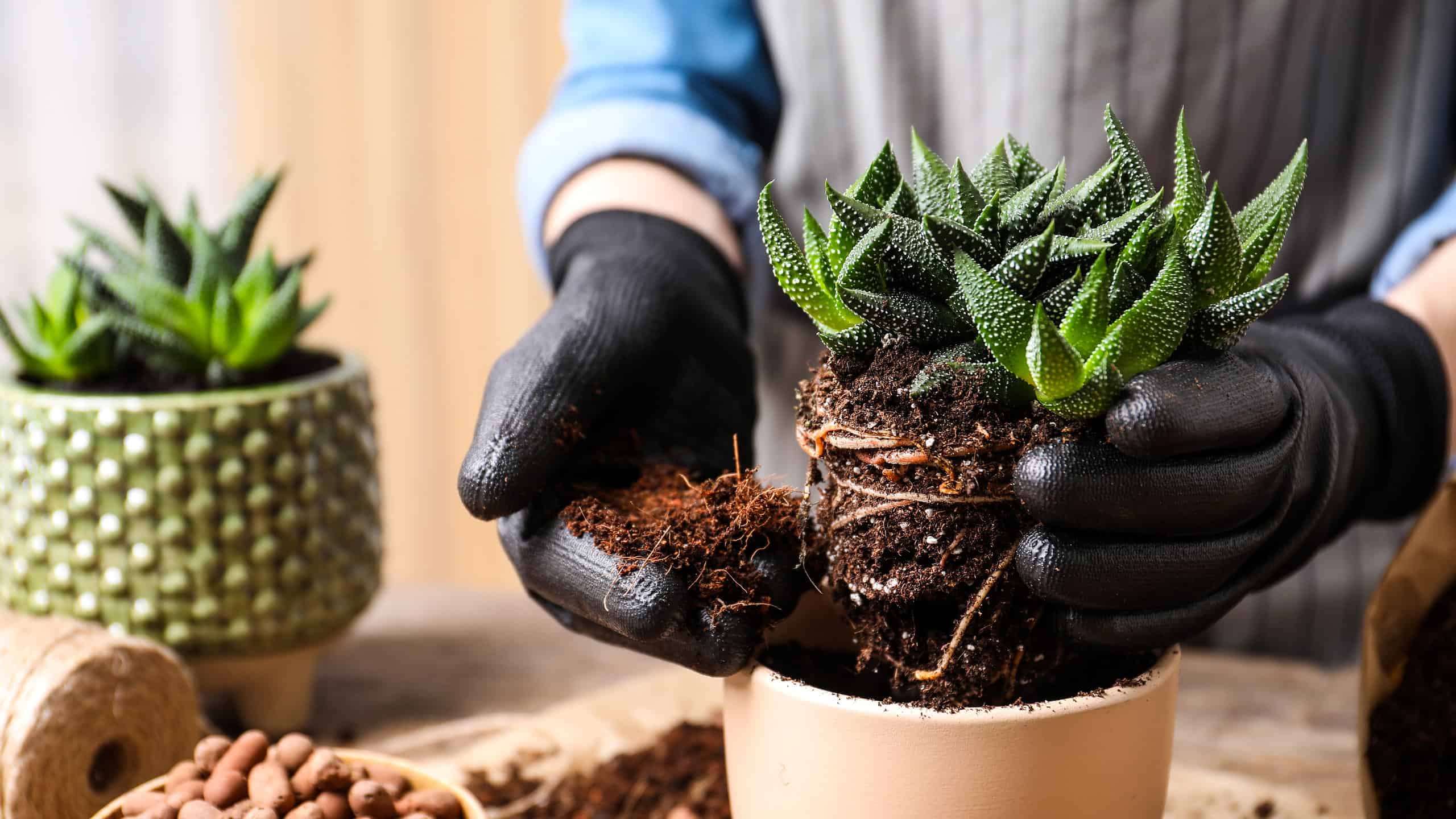Succulents are one of the most popular plants to grow in your garden. They’re easy to care for and require little attention, making them a great choice for novice gardeners.
Succulents can survive in a wide range of environments, including direct sunlight and dry soil, which makes them an excellent choice for those who don’t have much time or space to devote to their gardens. They also come in a variety of shapes and colors, so it’s easy to find one that fits your style.
Soil is the most important factor when it comes to growing succulents. Good soil will provide the right amount of water, air, and nutrients for your succulent to thrive. The best soil will also help prevent root rot and keep your plants healthy overall.
Growing Healthy Succulents
As gardeners, we’re always looking for plants that are easy to care for and can survive in a variety of climates. That’s why we love succulents! They’re durable, drought-tolerant, and require very little maintenance. Plus, they look great in both indoor and outdoor spaces.
What makes succulents so easy to maintain is their ability to store water in their leaves or stems, but the key to their long-term health is finding the right soil for them. Succulents need plenty of drainage so the water doesn’t sit around too long at the roots and rot them out. But they also need enough moisture to stay healthy! Soil with too much clay will hold onto a lot of water, while sandy soil won’t retain enough moisture to keep your plant alive through the hot summer months.
While many different succulents and cacti varieties are in many shapes and sizes, their growing habits are similar. So before we dig into what soil succulents are like, let’s look at other important factors for growing healthy succulents:
- Pots: Terracotta pots are extremely popular among succulent growers because they are porous and help absorb excess moisture.
- Light: Succulents thrive in sunshine and light.
- Temperature: Succulents do best in temperatures above 40 degrees Fahrenheit at night and between 70-85 degrees Fahrenheit during the day.
- Water: Provide enough water to soak the top inch of the soil every 1-2 weeks.
The Best Soil for Succulents
Succulents need well-draining, loose soil because they can suffer from root rot and are susceptible to diseases if the soil retains too much water. In addition, the soil is a mixture of minerals and organic matter, essential for providing the succulent with nutrients and supporting drainage. While they don’t need much organic matter to grow well, the soil must be loose and grainy.
Succulent soil should contain the following:
- Potting soil
- Sand
- Pumice or perlite
Potting soil contains the nutrients the succulents need, and using a regular houseplant mix will do just fine because it’ll get mixed with sand and perlite. Coarse sand is an essential ingredient in your soil mix. Its grainy texture and grit will provide the aeration and drainage succulents need from their soil.

Combine potting soil, sand, and pumice to make the best soil to grow succulents.
©Reda.G/Shutterstock.com
Cactus Potting Mix
If you don’t want to mix your own soil, opt for a cactus potting mix. Cactus potting mix comprises organic material like peat moss or coir (coconut fiber). It also contains perlite that helps aerate the soil so that it drains well but still holds moisture well enough for your plants to thrive on their own without having to be watered every day or two.
Another benefit of using a cactus potting mix is that it tends to be more acidic than other potting mixes, making it more suitable for growing succulents since they prefer acidic environments (between 6-7 on a scale from 1-14).
Adding fertilizer to the soil is a great way to ensure your succulents grow vibrantly and improve the plant’s longevity. Using a slow-release formula and fertilizer low in nitrogen works well for succulents.
Watering Succulents
The watering needs for succulents are specific. Overwatering is one of the most common reasons they get root rot and suffocate the roots. Here are some watering tips:
- Water succulents every 1-2 weeks
- Wet the top inch of the soil
- Allow for the soil to dry out before watering again
- If the leaves begin to wrinkle, the succulent needs more water
- Ensure the excess water can drain out of the pot
Final Thoughts
Soil is a critical component of succulent plant care. It needs to be able to drain water and air well so that the roots can access what they need and don’t get waterlogged.
Succulents are very low-maintenance plants, which makes them great for beginners. But they still need proper care to thrive!
The best soil for succulents is a cactus mix. This special blend of ingredients mimics the desert conditions where succulents grow naturally. The key components are crushed granite and pumice rock, which allow for excellent drainage, and perlite, which helps aerate the soil and add pore space.
Thank you for reading! Have some feedback for us? Contact the AZ Animals editorial team.








